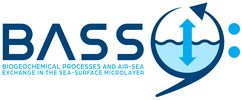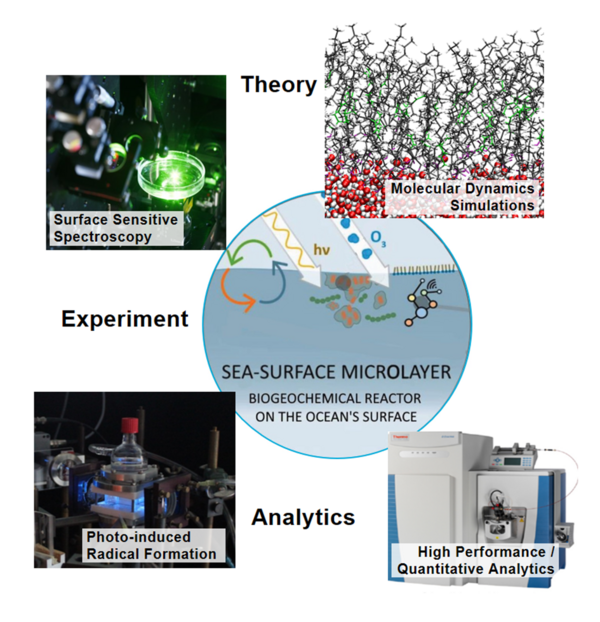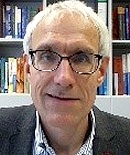
Prof. Dr. Gernot Friedrichs
Christian-Albrechts-University Kiel
Principal Investigator
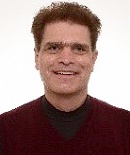
Prof. Dr. Bernd Hartke
Christian-Albrechts-University Kiel
Principal Investigator
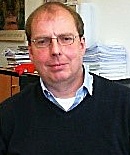
Prof. Dr. Hartmut Herrmann
Leibniz Institute for Tropospheric Research
Principal Investigator
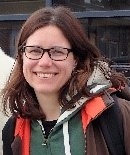
Dr. Manuela van Pinxteren
Leibniz Institute for Tropospheric Research
co-PI
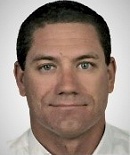
Dr. Thomas Schäfer
Leibniz Institute for Tropospheric Research
co-PI

Shubham Sawle
University of Kiel
PhD-student
Falko Schäfer
University of Kiel
PhD-student
Olenka Jibaja Valderrama
Leibniz Institute for Tropospheric Research
PhD-student
BASS SP 1.4
Chemical and photochemical transformation of organic matter
Compared to the underlying bulk water, the sea-surface microlayer (SML) is characterized by increased concentrations of photosensitizers and reactants. The SML is subject to direct exposure of UV solar radiation and is exposed to oxidizing species from the atmosphere (such as the hydroxyl radical and ozone). However, neither the role of SML-specific reactions for overall organic matter transformation or emission of volatile organic compounds to the atmosphere nor their implementation into air-sea interaction models are sufficiently well constrained or understood until now.
In subproject 1.4 “Chemical and photochemical transformation of organic matter” we will address molecular details of abiotic SML-specific photochemical, heterogeneous oxidation, and radical-driven reactions. We aim to quantitatively describe the interfacial product formation and to better quantify differences in chemical conversion turnover and selectivity between underlying bulk water and SML.
Combining the expertise of three research groups, advanced photochemical, laser-based kinetic and spectroscopic, analytical, and molecular modeling techniques will be combined to improve our molecular-level and mechanistic understanding of such processes in the complex marine SML reaction environment. In particular, the planned research benefits from a wide variety of methods, including state-of-the art vibrational sum-frequency spectroscopy, ultra-performance liquid chromatography mass spectrometry, laser flash photolysis-laser long path absorption, as well as molecular dynamics simulations and quantum-chemistry calculations. Experimental and theoretical work sets a focus on the oxidation kinetics of SML bulk and monolayer proxies (e.g., halogen/hydroxyl radical reactions, ozonolysis of surface-active fatty acids), the photochemical reactivity of SML proxies with natural and model photosensitizers (e.g., enhanced radical formation and organic monolayer decomposition), and the analysis of ambient samples (e.g., by targeting surfactant formation and photolysis products during a bloom event).
All this will be complemented by method developments, comprising refined measurement protocols for quantitative analysis of organic compounds (e.g., carbonyls and carbohydrates), the development of surface-active photosensitizers (e.g., benzoylbenzoic acid derived lipids), and the implementation of multilevel modeling schemes as needed to get a full theoretical understanding of structure-reactivity trends of fatty acid ozonolysis (e.g., calculation of rate constants by considering steric and electronic effects of the organic matrix).

